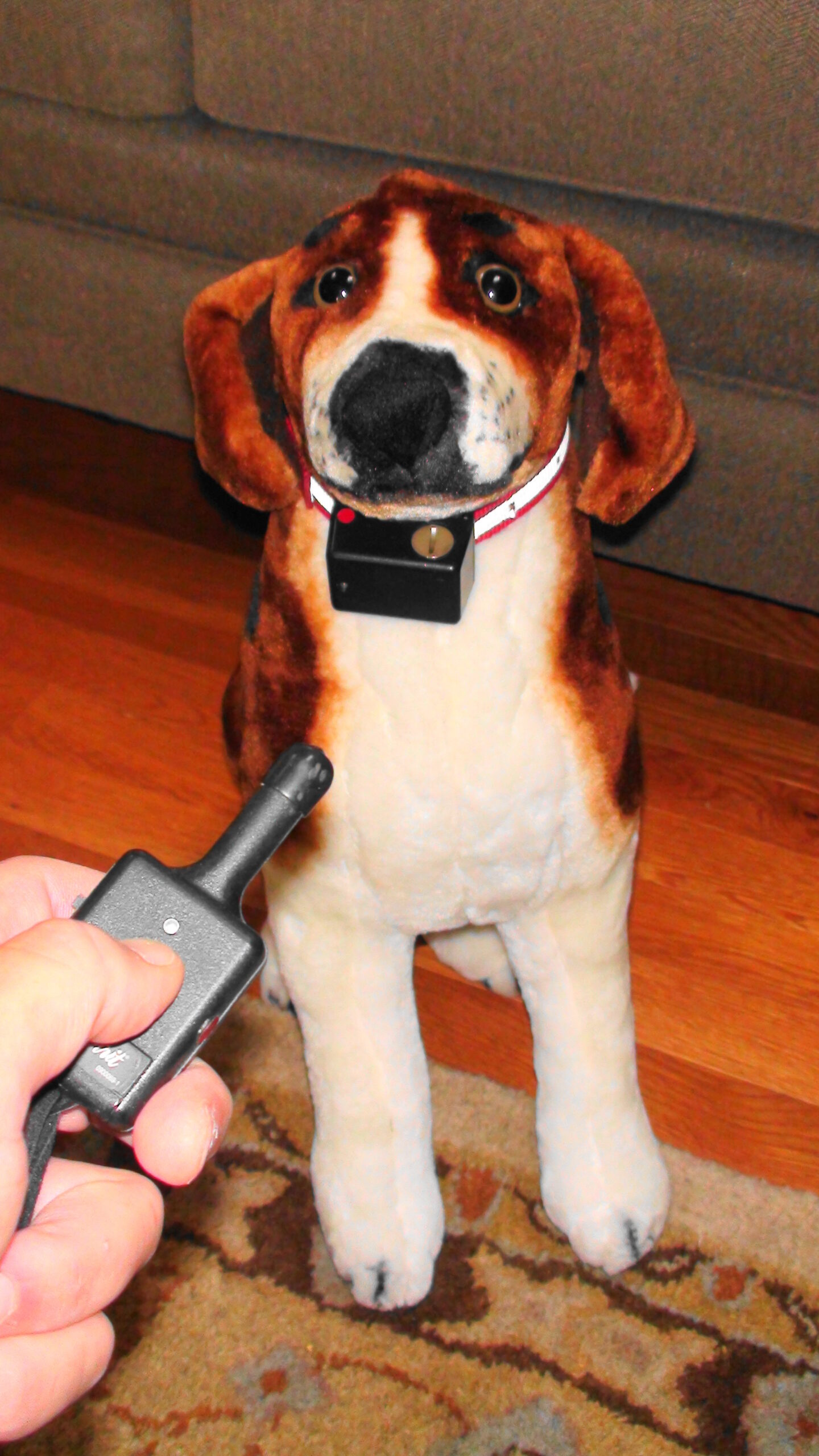Barks Blog
Pet Guardians Need Help Finding Professionals

As a professional dog trainer taking behavioral cases I see how confusing it can be for pet owners to know what sort of help they need and where to find it. Lack of regulation and transparency in the industry can lead pet guardians into pitfalls.
This happened to a client whose dog was fearful of other dogs during leash walks. He would bark and lunge, but then retreat. The owner sought help from a trainer who took her dog into his care for several days.
The trainer called her a few days later declaring he fixed the problem, but that her dog had stopped eating one day ago and she should come get him. When the lady retrieved her dog she learned the trainer had been using electric shock to suppress the dog’s fearful behavior. Even the behavior of eating was suppressed.

The next time the owner walked her dog he became fearful (of a dog) and bit her, drawing blood. That was the first of seven such events, with the severity of the bites increasing. The dog no longer expressed warnings when he was frightened…he went straight to biting.
The owner blames the shock collar for seriously damaging her pet, and blames herself for not investigating the trainer in advance. I empathize with the lady and her dog, both of whom are victims of the current state of the dog training industry. Sadly this is not a rare case.
The first thing for pet guardians to understand is that among an estimated 50,000 dog trainers in the United States, there is no education standard or regulation of methods and equipment. Anyone may declare themselves a “trainer” and do practically anything to a family pet, with virtual legal immunity in most jurisdictions.
Here are some things to look for when hiring a professional.
I suggest looking for accreditation or certification from entities such as the Pet Professional Accreditation Board, Academy for Dog Trainers, Certification Council for Professional Dog Trainers and International Association of Behavior Consultants to name a few.
Due to variable standards I encourage pet owners to investigate the certification criteria.
Not all trainers are certified. I hold one dog trainer accreditation, a trainer certification and a canine behavioral certification. Each of them required a certain number of hours of training and behavior experience before I could sit for the exam. They also require continuing education to maintain the credential.
This does not make me an expert; it makes me a student.
There are qualified individuals who are learning, but not yet certified. I suggest seeking help from certified trainers because they have already reached a level of knowledge as determined by an independent entity. For the average pet steward this may keep the process simpler.
Pet guardians should also understand the differences between training and behavior modification.
Training is about teaching dogs how to do things like sit and lie down on cue. There is no emotional component and dogs choose behaviors in response to consequences which follow those choices. Operant conditioning is applied.
Behavior modification is about changing the way a dog feels about something, like fear of the vacuum cleaner. There is an emotional component and change occurs on a subconscious level. Respondent conditioning is applied.
Behavioral cases tend to involve problematic behaviors which are based in emotions such as anxiety, fear or phobia. There may also be an underlying medical problem such as a tumor or painful condition, which present as behavioral symptoms.

A trainer may be competent teaching basic skills and behaviors but that does not qualify them for complex behavioral issues such as separation anxiety, thunderstorm phobia, aggression or resource guarding.
Working effectively with behavioral cases requires a deeper understanding of applied psychology, biology, neurophysiology of stress, and several behavioral disorders. This requires additional study and ongoing education.
There are basically three levels of professionals qualified to take behavioral cases, within their individual knowledge, experience and expertise:
- Certified behavior consultants. They have credentials such as Professional Canine Behavior Consultant – Accredited (PCBC-A), Certified Behavior Consultant Canine (CBCC) or Certified Dog Behavior Consultant (CDBC). I liken these professionals to social workers in human social services.
- Certified Applied Animal Behavior Consultants (CAAB) who are usually Ph.D. scientists with profound knowledge of animal behavior. I liken them to psychologists.
- Diplomates of the American College of Veterinary Behavior (DACVB) who are commonly referred to as board-certified veterinary behaviorists. These professionals have full veterinary training, plus three years or more of behavioral training. I consider them on a par with human psychiatrists.
There are about 80 million dogs in the United States. Lumping the three categories of canine behavioral specialists together they number about 500, give or take. There is enormous need and not enough behavior specialists, in my view, considering 20% of dogs may have one or more behavioral issues.
Sticky point for pet owners to remember:
- Ask direct questions of the canine professional about their specific professional certifications and memberships, and then research them.
- Ask specific questions such as “Exactly what will you do if my dog gets it right?” and “Exactly what will you do if my dog gets it wrong?”
- Ask what methods and equipment they will use. Far too many canine practitioners will not disclose information up front, and too many of my clients were surprised by what the (other) trainer did to their pet.
Let the buyer beware, and be your dog’s best advocate. Doing so will set you and your dog up for success.
See also the Pet Professional Guild’s Open Letter to Veterinarians on Referrals to Training and Behavior Professionals.
